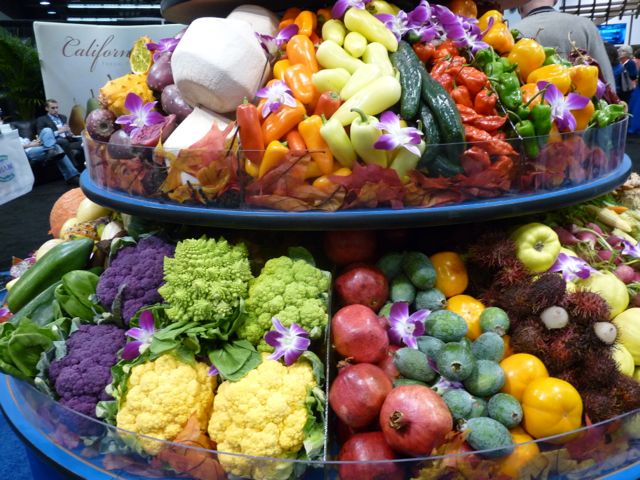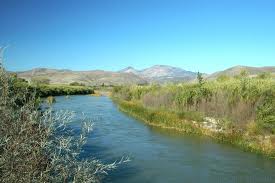Why the Amazing Avocado will Help Curb Cravings
Source: Midge Munro; Avocado Industry Council
Research shows adding a few slices of avocado to your lunch will slash your desire to eat over the next three hours by 40 per cent compared to eating the same meal without it.
A study, published in Nutrition Journal, focused on overweight adults to see if avocado consumption helped them feel more satisfied and reduced their desire to eat in the following few hours.
Researchers at Loma Linda University in the United States conducted randomized single-blind crossover trials where participants ate a standard breakfast followed by one of three test lunches – one without avocado, one that included avocado and one where extra avocado was added.
The volunteers’ glucose and insulin responses were measured, along with their feelings of satisfaction and desire to eat over the next five hours.
The study found those who added half a fresh avocado to their lunch reported a 40 per cent decrease in desire to eat again over the next three hours, and a 28 per cent decrease in the following five hours.
Participants also reported feeling more satisfied (26 per cent) during the course of the afternoon following their avocado lunch.
Satiety is an important factor in weight management, because people who feel satisfied are less likely to snack between meals, said Dr. Joan Sabaté, Chair of the Department of Nutrition who led the research team at Loma Linda University.
It was also noted that though adding avocados increased participants’ calorie and carbohydrate intake at lunch, there was no increase in blood sugar levels beyond what was observed after eating the standard lunch. This leads them to believe that avocado’s potential role in blood sugar management is worth further investigation.
The study was funded by the American-based Hass Avocado Board.
New Zealand Avocado CEO Jen Scoular says there are many international studies underway to uncover the health benefits of avocados.
“Other research published in Nutrition Journal found people who regularly eat avocados weigh 3.4kg less on average, and have waistlines around 4cm smaller, than those who don’t,” Scoular says.
“Avocados are rich in monounsaturated (‘good’) fats and are a low GI (glycemic index) food, so they will help you to feel fuller for longer.”
Another reason avocado will help fill you up is they are packed with fibre. Half an avocado will provide more than 25 per cent of your daily recommended fibre intake.
“They’re an absolute powerhouse when it comes to providing your body with the nutrients it needs each day. They also help your body absorb more nutrients from other fruit and vegetables you eat with avocado,” Scoular explains.
Boosting your avocado intake is easy as this home-grown fruit is extremely versatile. You can add a few slices to your favourite omelette, sandwich or salad, or eat them on toast at any time of day.
“You can also blend them into smoothies or use them as a butter and oil substitute when baking or making desserts,” she says. “Their creamy texture makes them perfect for mousses, ice cream and cheesecakes. Delicious and healthy!”



















